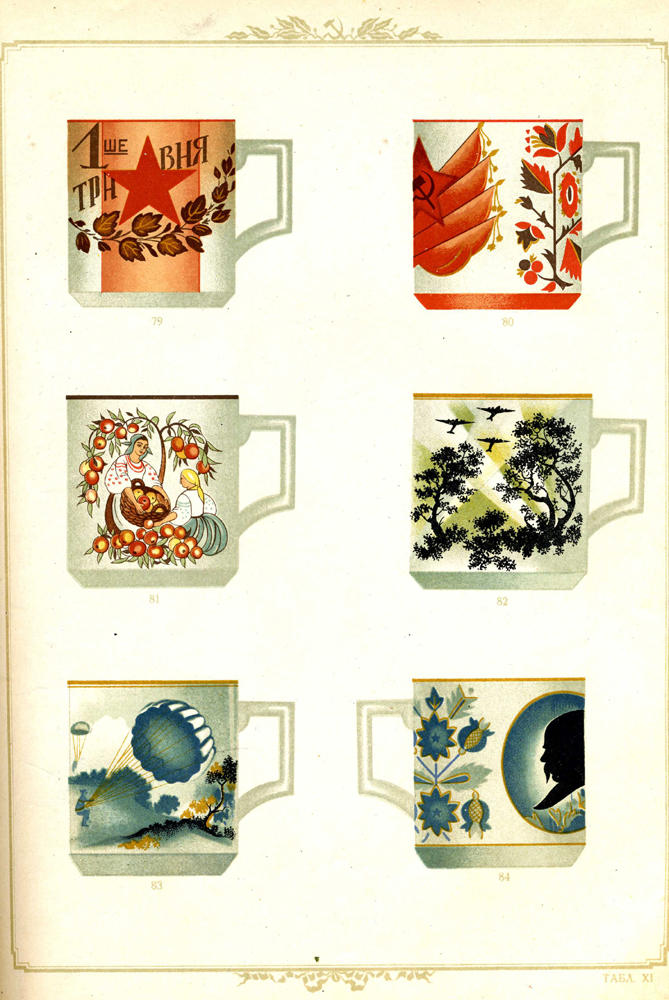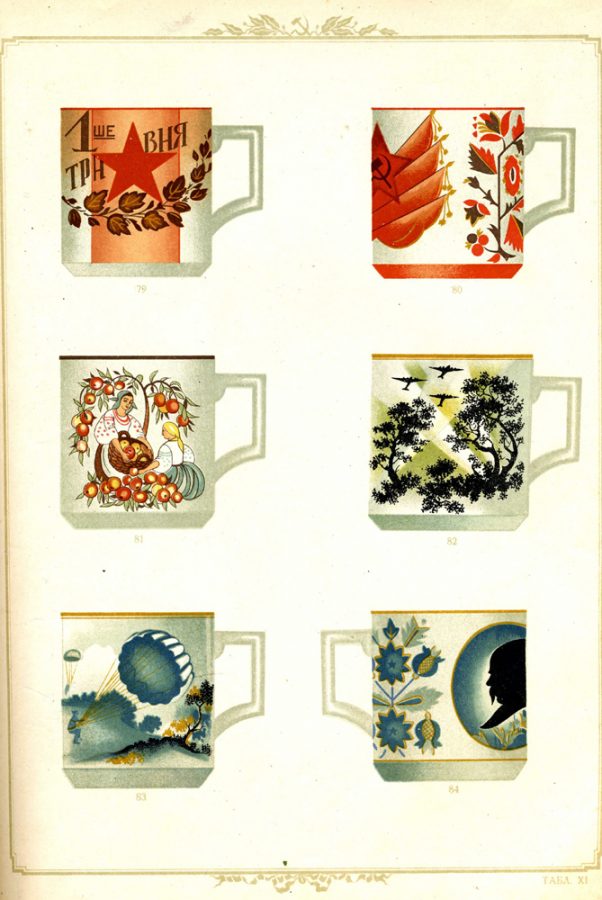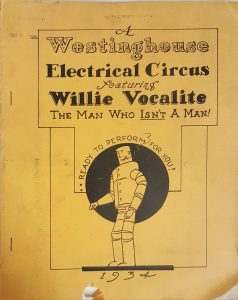
This extremely rare 1940 trade catalog the Cooper-Hewitt Smithsonian Design Museum Library, Katalog farforu fa︠i︡ansu i maĭoliky, represents the production of not any one company. It is the output of 10 state-owned ceramics factories all over the Ukraine in small towns and villages, after industry was nationalized in 1918. This is a primary source document for the decorative arts and for studying the material culture and political history of the Ukraine and the former Soviet Union.


 At six and a half feet tall and three hundred and fifty pounds, Willie Vocalite was an imposing figure. “The Man Who Isn’t a Man,” as a 1934 booklet uncovered in our
At six and a half feet tall and three hundred and fifty pounds, Willie Vocalite was an imposing figure. “The Man Who Isn’t a Man,” as a 1934 booklet uncovered in our